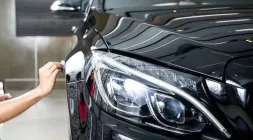Tips to Maintain Exhaust Emission Systems You Need to Know
Two of the parts that require care are the exhaust and emission systems. Just like most other parts, they have their fair share of workload that they need to do.
If the exhaust or emission system starts showing signs of a problem, it may be because you didn’t maintain it well. So, how does one successfully maintain the exhaust and emission systems? What do these systems do for your vehicle? Are they really all that important? What will happen if you leave them with problems and use your car still? What signs do they show when they have problems? Get all the answers to that and more right in this article from Philcarnews.com:
Your Car’s Exhaust Emission System
Let’s be honest. When it comes to either safety and performance of your vehicle, exhaust emission isn’t the first part you think of. As a matter of fact, the exhaust emission system barely even enters people’s minds who think about maintaining their vehicles.
But if you think about the work it does for your vehicle, the exhaust emission system should actually be a major concern. After all the engine in your vehicle is made to combust air and fuel to run. This, in turn, creates gases that need to be expelled from the system.
This is where the exhaust emission system comes in. It takes these harmful gases from the engine and takes it to the muffler. It also does a good job of reducing these harmful gases. This is why you need to take good care of the exhaust emission system in your vehicle.
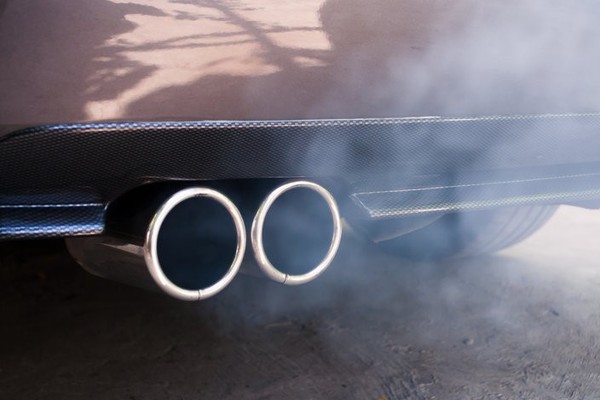
The exhaust emission system barely even enters people’s minds
How to Look After Your Vehicle’s Exhaust Emission System
Keep an Eye Out for the Check Engine Light
The Check Engine Light is the ultimate notification bell for when something’s wrong with your car. This can turn on for a variety of reasons that have, in one way or another, a connection with your engine.
But regardless of whatever may have caused it, it’s usually a small indication that a big repair cost is coming your way. That is if you leave the problem on for longer without finding it out and tending to it. But problems that turn the Check Engine Light on are usually easy and low cost to address. Problems with the exhaust emission system are no different.
Once your Check Engine Light turns on, schedule a diagnostics to check. If you have an OBD scanner, you can perform the diagnostic check at home. If not, you can rent one or have a mechanic do the job for you instead. This is pretty easy to use and will tell you the problem with your car almost immediately.
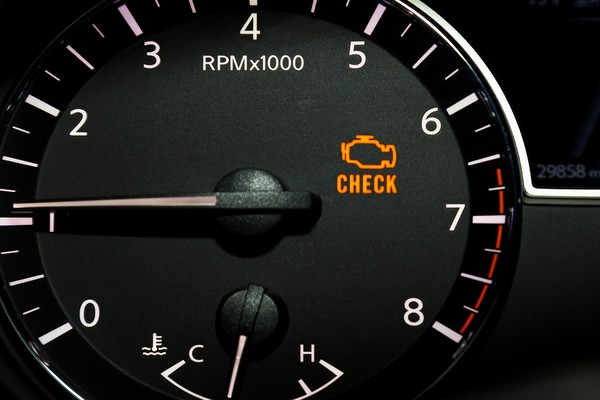
The Check Engine Light is the ultimate notification bell for when something’s wrong with your car
If the problem is with the exhaust emission system, you should immediately address it. A usual minor problem with the exhaust emission system includes loose gas caps.
Other problems that may be discovered by your OBD scanner are failing oxygen sensors, defective catalytic converters, and engine misfires. If you do the diagnostic check at home, you can look up the meaning of the codes on the internet. You can also have it checked by a mechanic so they can repair it right after.
>>> Related: Car Dashboard Lights – What Do They Mean?
Fix Defective Parts
Just like the engine, the exhaust emission system is made up of more than one part. All the separate components need to be working properly.
Only a few of these parts are actually close contact with the exhaust emission system. If not, your exhaust emission system may not work optimally. But each of them is equally important and should not be cared for any less.
For example, exhaust hangers are needed to keep the pipes in place on the underside of your vehicle. These, however, are easily damaged. When it does, the system ends up snagging. This ultimately puts a strain on your vehicle’s other components. If there are snapped bolts or broken hangers, consider having them replaced immediately.

The exhaust emission system is made up of more than one part
Fix any leakage immediately
Exhaust emission systems are exposed to high heat temperatures and pressure. It is also subject to tons of vibration. Mix all of that together and you got the perfect combo for a leak. One of the common places where leaks can take place is the vehicle’s exhaust manifold.
Take note that the actual manifold can crack and have damages. But it is actually more common for its gasket to fail and start leaking. This is usually sealed using gaskets. Moreover, the pipes in your exhaust emission system can also fail.
The extreme combination of corrosion and rust can eat away at the pipes quickly. Caring for the exhaust emission system isn’t hard. But it does call for your attention and due diligence.
>>> Related: How a DIY Car Maintenance Can Save You on Costly Vehicle Expenses
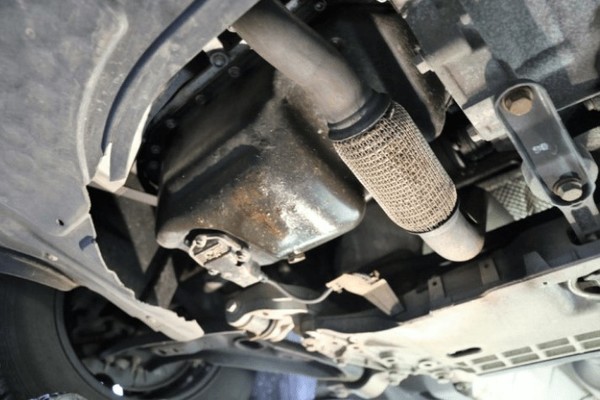
The extreme combination of corrosion and rust can eat away at the pipes quickly
Signs That The Exhaust Emission System Requires Repair
Aside from the Check Engine Light, there are other signs that the exhaust emission system is in danger. A common sign is if your vehicle makes more noise than it does normally.
If the muffler isn’t working as it should, the noise can increase. Aside from that, you may begin to hear more unnatural and unpleasant sounds coming from your car.
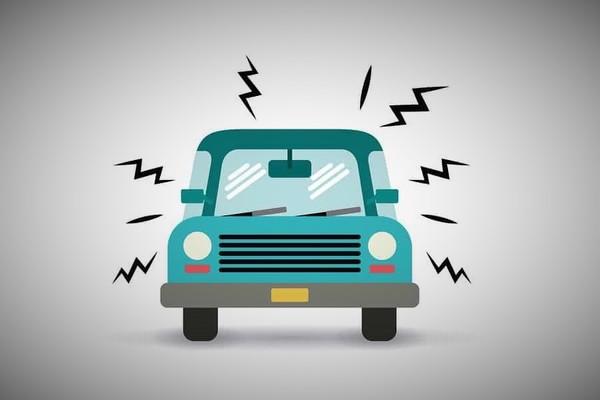
Another common sign that the exhaust emission system is in danger is unusual car noise
Another sign is if your vehicle suddenly consumes more gas than usual. A seemingly obvious drop in MPG can be caused by a faulty exhaust emission system.
Your car can also have exhaust emission problems if there is reduced power whenever you try to accelerate. If you can smell a similar scent to rotten eggs, that can also be an exhaust emission problem. A rattling noise upon startup can also mean that the defect lies in the exhaust emission system.
RECENT ARTICLES



